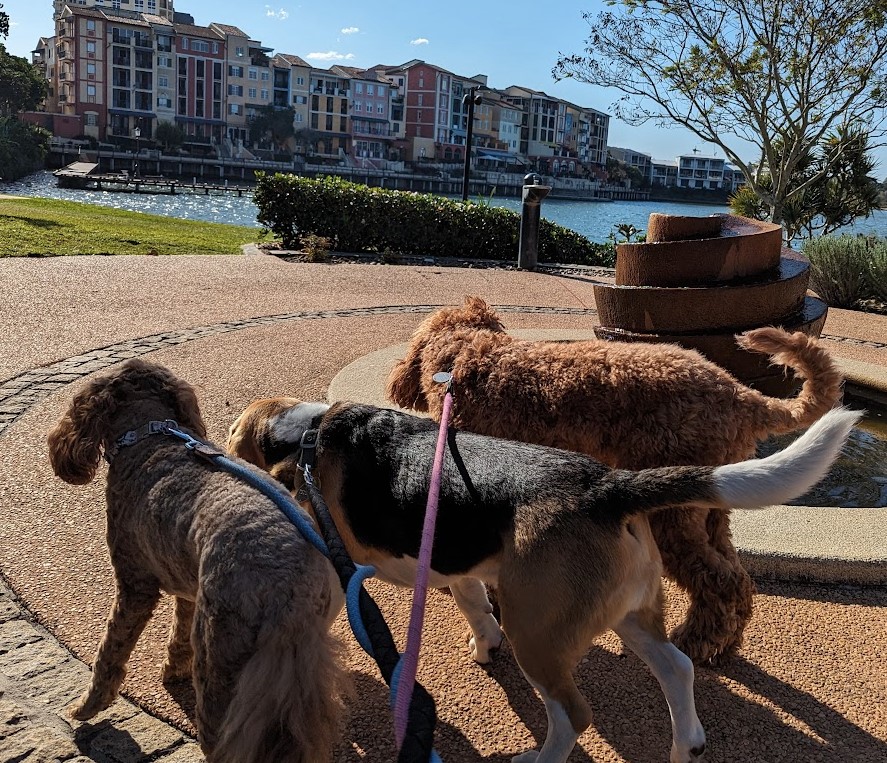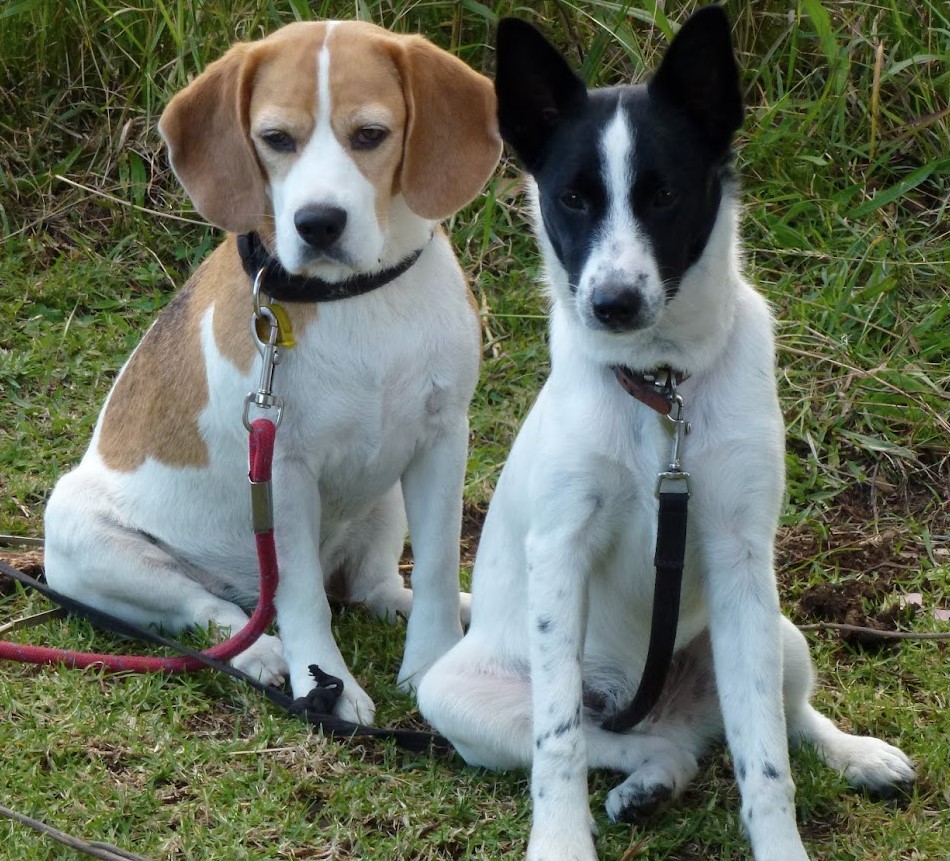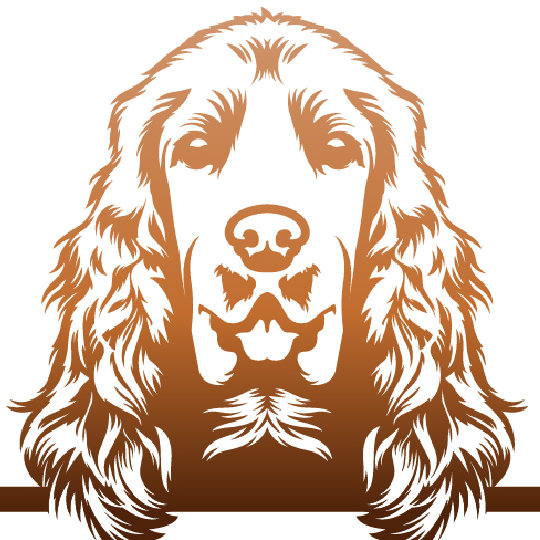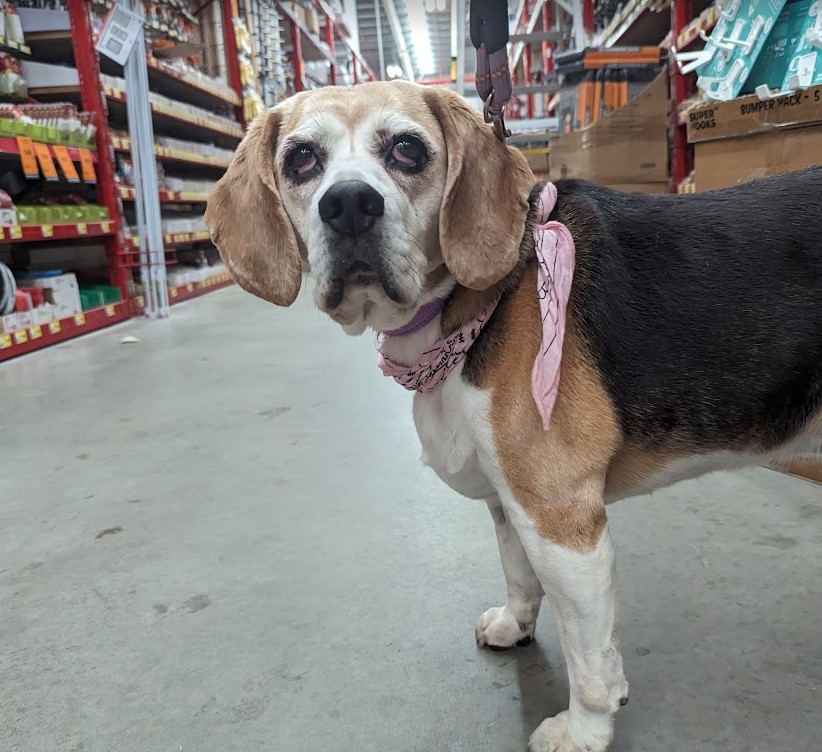Mastering the Art of Walking a Beagle
Hello, fellow dog lovers! My name is Mel, and I’m a seasoned dog walker with All For Furry Friends, right here on the beautiful Gold Coast. Over the years, I’ve had the pleasure of walking various breeds, each with its quirks and charms. But today, I want to share my experiences and some handy advice, specifically on walking a Beagle, a breed that’s as lovable as it is challenging due to their strong hunting instincts.

Beagles, with their compact size and adorable expressions, are not just a pet; they’re companions that bring joy and a bit of mischief into our lives. But when it comes to walking a Beagle, their world revolves around their nose. These little hounds were bred for their superior sense of smell and tracking ability, which means a simple walk can turn into a scent-trailing adventure.
I’ve learned that walking a Beagle isn’t just about physical exercise; it’s about mental stimulation and bonding. So whether you’re a new Beagle parent or looking to refine your walking routine, I’m here to guide you through the do’s and don’ts, ensuring you and your Beagle not only enjoy your walks but also look forward to them as the highlights of your day.
Let’s dive into the sensory world of Beagles and turn those potentially chaotic walks into fun, controlled explorations filled with tail wags and happy barks. Grab your walking shoes and some treats, and let’s get started on this Beagle-walking journey together.
Understanding Beagle Behavior

Beagles are a fascinating breed with a rich history that directly influences their behavior today. Originally bred as scent hounds, they were used primarily for tracking small game due to their keen sense of smell and single-minded focus once they’re on a trail. This instinctual trait is pivotal to understanding why walking a Beagle is different from walking, say, a laid-back Bulldog or a sprightly Terrier.
Firstly, a Beagle’s world is predominantly nasal. Where we humans use our eyes to explore the world, Beagles use their noses. This means that a Beagle on a walk is like a detective at a crime scene; every scent is a clue, and every breeze carries information. While this makes them excellent at scent work, it also means that a casual walk can easily turn into an impromptu tracking mission.
The moment we step outside, their noses hit the ground, and they are off, following an invisible trail that’s as real to them as the pavement is to us. It’s common for a Beagle to zigzag along paths, tug on the right leash, and even stop in their tracks as they process the myriad of smells each outing offers.
This intense focus on smell can often translate into a seeming disregard for their walking companion—you. This isn’t defiance or disobedience; it’s just their nature. Their determination is commendable, but without proper guidance, it can become a challenge. It’s up to us to harness this drive and turn it into a positive walking experience.
Pre-Walk Preparation

Before beagle owners hit the pavement or the park trails, a little prep work can go a long way in making your walk with a Beagle more enjoyable. Here are some steps I’ve woven into my routine that might help you, too.
Choose the Right Gear
The right equipment is essential. A sturdy harness is often preferred over a collar for Beagles. Beagles and other breed may pull when they catch a whiff of something interesting, and a harness can provide more control without putting too much pressure on their neck. Plus, it gives you leverage when you need to redirect their attention. I’ve found that a harness with a front clip can help discourage pulling, making our walks more manageable.
Pick the Perfect Leash
The leash is your main connection to your Beagle during long walks. I prefer a leash that’s long enough to give them freedom to explore but not so long that they can’t be easily controlled. A retractable leash might seem like a good idea for giving your Beagle room to roam, but in my experience, a fixed-length leash offers more control and is safer for a breed prone to sudden dashes after squirrels.
Prepare the Treat Bag
Ah, the magic of treats! They’re not just tasty snacks; they’re tools for positive reinforcement. Select treats that are small but irresistible to your Beagle. The treats should be a high-value reward for your adult dog, something they don’t get at other times. I keep them handy for rewarding good behavior, like when my Beagle checks in with me of their own accord or responds well to a command.
Quick Pre-Walk Training Refresher
Before we step out the door, I run through a couple of basic commands like ‘sit’ and ‘stay’, and leash training. It’s a quick refresher for my Beagle that I’m the leader, and it reinforces the behavior I want to see during our walk. This step also helps in reminding them that listening to me, even with distractions, is rewarding.
During the Walk

Once you’re out the door with your Beagle, the real adventure begins. Here’s how I navigate the twists, turns, and distractions we encounter to make every walk as smooth and enjoyable as possible.
Establishing the Pace
I like to set off at a brisk pace right from the start. This helps burn off some of my Beagle’s initial excitement and sets the tone for the walk. A quick pace keeps their mind and body occupied, which means less time for them to get fixated on every smell that comes their way. However, I always stay attentive to their body language and make sure they are comfortable and not overexerted.
Handling the Pull
Beagles will pull; it’s in their nature. When my dog pulls, I stop. I wait for them to look back at me or return to my side before we start moving again. Sometimes, I’ll use a treat to regain their focus, but the goal is to teach them that pulling gets them nowhere—literally. It’s a process that requires patience, but over time, it teaches them that a loose leash is the key to moving forward.
Controlled Sniffing
Sniffing isn’t just normal for a Beagle; it’s a need. I allow for plenty of sniff breaks during our walks. However, these are controlled. I have a command that signals it’s okay to sniff and another to indicate when it’s time to move on. This helps keep our walk balanced between enjoyment and structure.
Positive Reinforcement
During our walk, I constantly look for opportunities to reward good behavior. If my Beagle ignores a distraction or listens to a command promptly, they get a treat. Positive reinforcement not only encourages good behavior but also helps keep their focus on me.
Being Mindful of Overstimulation
Beagles can get overstimulated by smells, sounds, and sights during walks. If I notice signs of stress or anxiety, such as excessive pulling, whining, or panting, I’ll steer them toward a quieter route or take a break to allow them to calm down.
Post-Walk Routine
A good walk with a Beagle isn’t just about what happens during the outing; it’s also about winding down properly once you’re back home. Here’s how I cap off our walking sessions to make sure my Beagle is as happy and comfortable as possible.

Cooling Down
Just as athletes need to cool down after a game, Beagles need to ease out of their heightened state of excitement post-walk. I like to take a short, leisurely stroll right at the end, allowing them to calm their breathing and relax their muscles. Sometimes, we’ll do a few gentle stretches together, which can be a fun bonding activity and good for their health.
Hydration and Nutrition
Once we’re back, I make sure my Beagle has access to fresh water to rehydrate. If it’s been a particularly long or strenuous walk, a small post-walk meal can be in order. I make sure this meal is well-balanced and not too heavy, as eating too much right after vigorous exercise isn’t good for them.
Checking for Ticks and Injuries
The Gold Coast is a beautiful place, but it’s also home to ticks and other pests that could latch onto your pet. I do a thorough check of my Beagle’s fur, ears, and paws to make sure they haven’t picked up any unwanted hitchhikers. This is also a good time to check for any burrs, thorns, or injuries they might have gotten on the walk.
Post-Walk Grooming
Beagles are fairly low-maintenance, but a quick brush after a walk can help get rid of any dirt they’ve picked up and reduce shedding. It’s also another opportunity to strengthen your bond and get them used to being handled.
Rest and Digest
After a walk and all the post-walk care, I give my Beagle some quiet time to rest. A comfortable bed in a peaceful spot allows them to sleep and recover, processing all the excitement and exercise they’ve had.
Conclusion
Walking a Beagle, with their pent up energy and insatiable curiosity, is an adventure that is both rewarding and occasionally challenging. As we’ve explored, understanding their behavior, preparing properly for the walk, maintaining control during the walk, and having a consistent post-walk routine are all key components for a successful and enjoyable experience for both you and your Beagle.
The joy of walking a Beagle comes from embracing their unique qualities—their incredible sense of smell, their eagerness to explore, and their friendly demeanor. While they may take you on some unexpected detours and test your patience with their tenacity, it’s all part of the journey with these charming hounds.
Remember, patience and consistency are your best friends. With time, your Beagle will learn to look to you for guidance amidst the myriad of scents that the Gold Coast—or any place, for that matter—has to offer. The bond you build through these walking experiences is irreplaceable, and the health benefits for both of you are immense.




